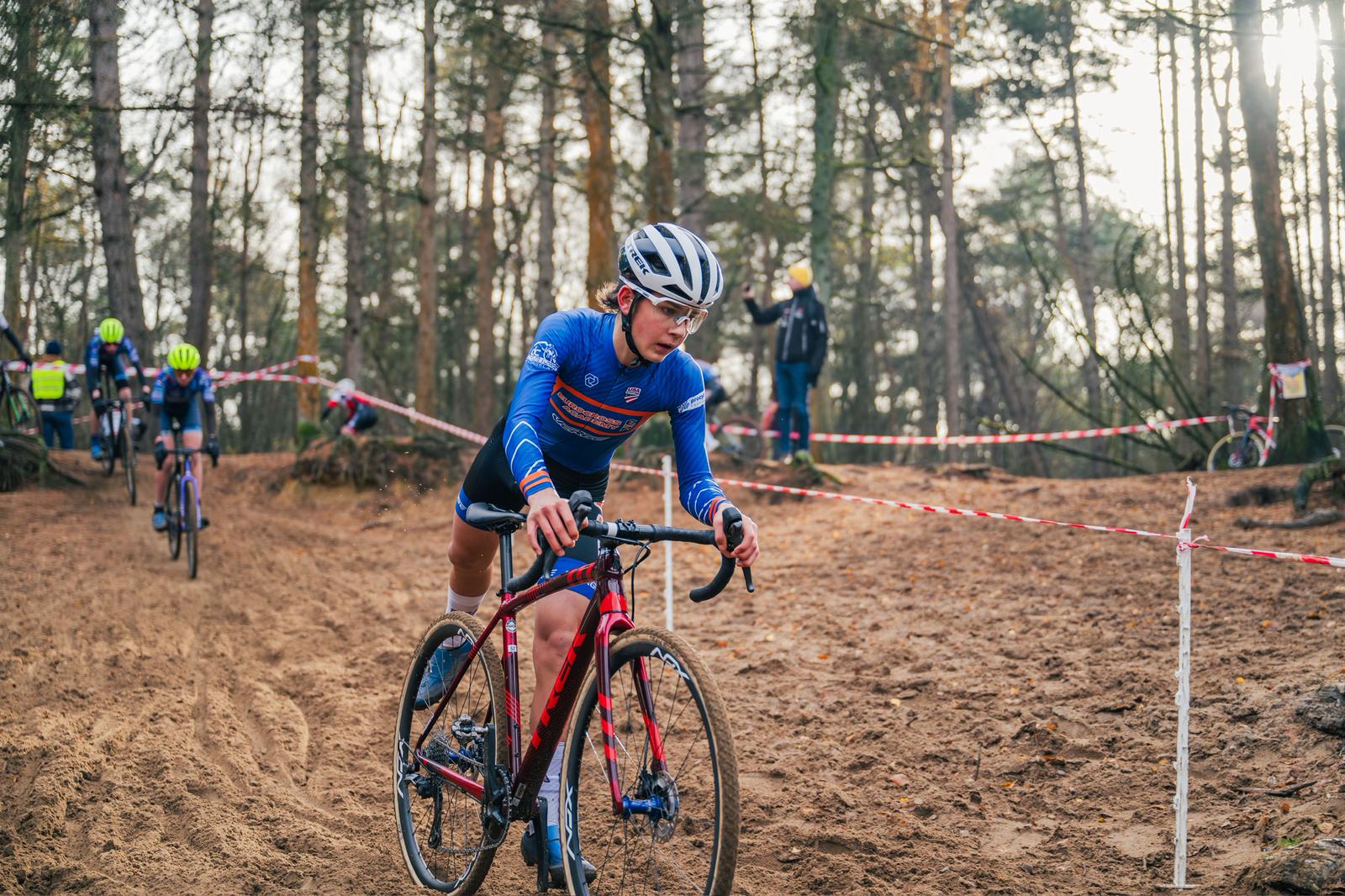From Mont Ventoux to the Champs-Élysées: 10 iconic Tour de France moments
From emphatic victories and notable firsts to bizarre moments that only the Tour could throw up
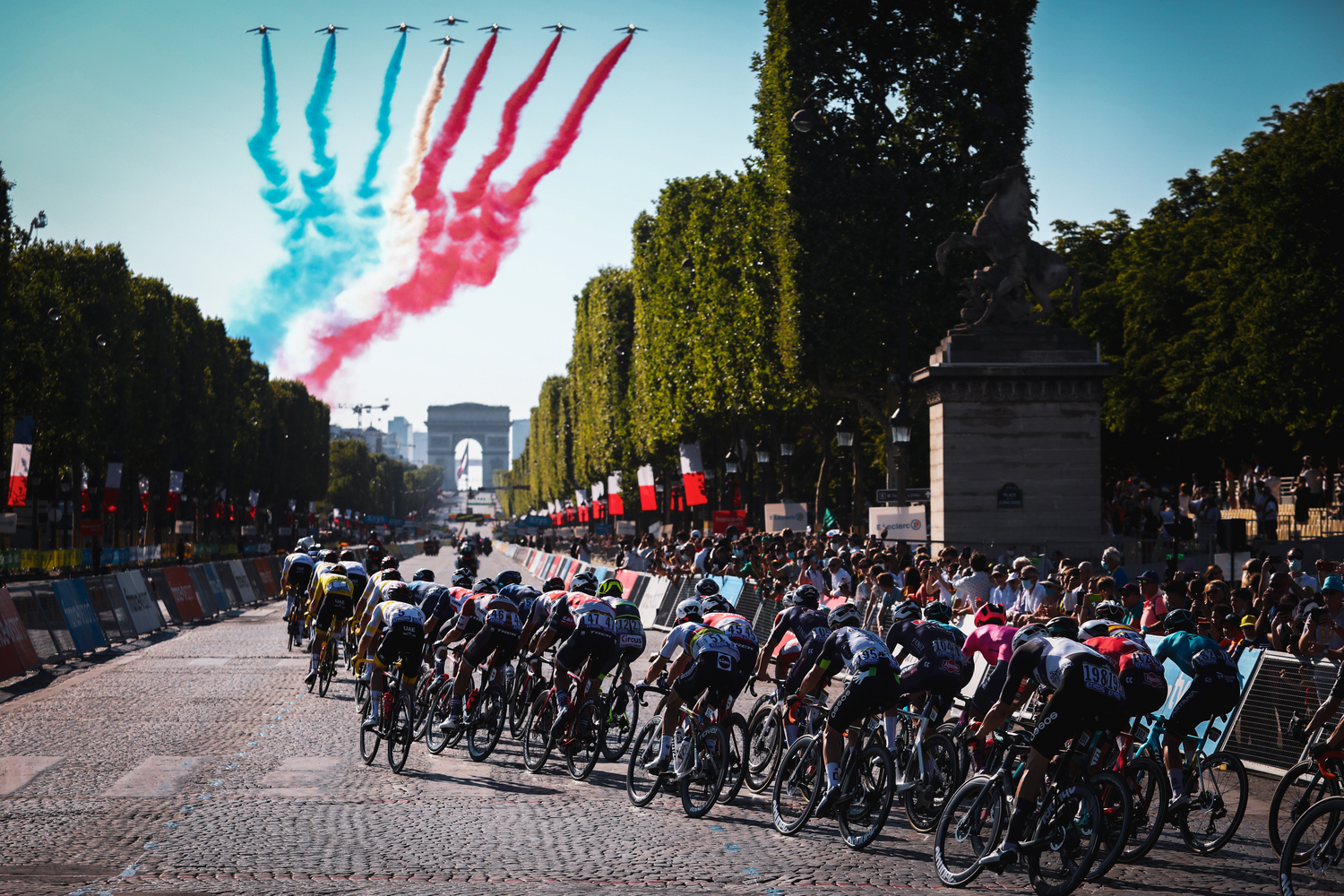
There's no doubt that the Tour de France is the greatest bike race, if not sporting event, on the planet. With its iconic yellow jersey, terrain that is as challenging as it is breathtaking, and fervent French crowds both on the roadside and watching on at home, it is a race like no other.
However, selecting some of the Grand Tour's most iconic moments since its inaugural edition in 1903 is an altogether harder and more contentious undertaking. So much so that even Tadej Pogačar, who is expected to be lighting up the roads in France this July, which UK viewers can watch on TNT Sports and discovery+, didn't even make the cut.
From trailblazers of the sport to some of the more bizarre and unthinkable occasions, here are 10 of the most iconic moments from the Tour de France.
The first yellow jersey
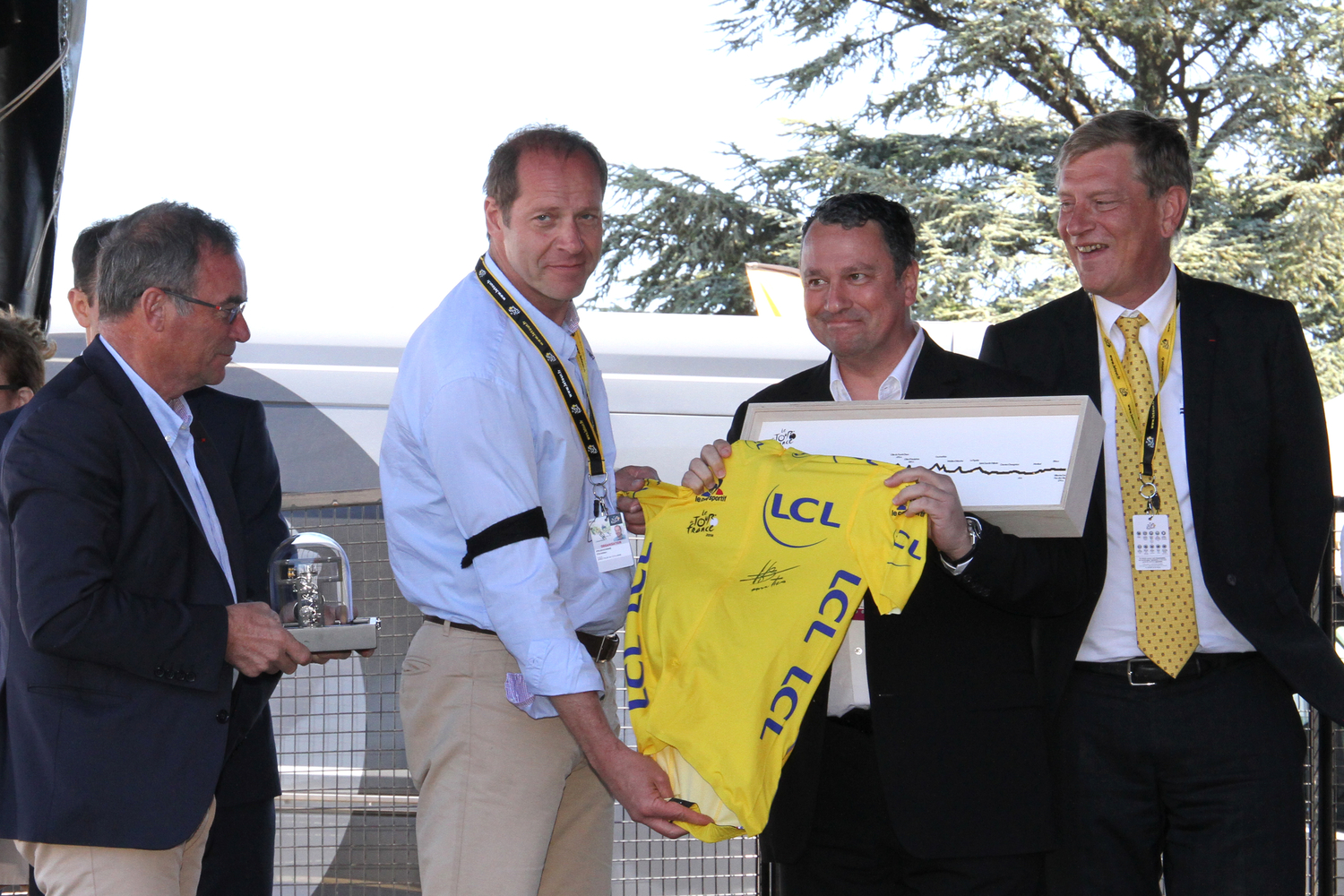
An iconic symbol of the Tour de France, the yellow jersey, or the maillot jaune in French, is a global reference point that is synonymous with the Grand Tour. However, although the Tour was first held in 1903, the legendary jersey wasn't introduced until 1919.
It came about after the press covering the race complained to organisers that the race leader was difficult to spot in the peloton. In a bid to help them stand out, a yellow jersey was chosen to match the colour of the race sponsor and French newspaper L'Auto. Eugène Christophe became the first rider to don the jersey, even if he wasn't initially pleased by its aesthetic, with spectators likening him to a canary.
When rivalry meets respect
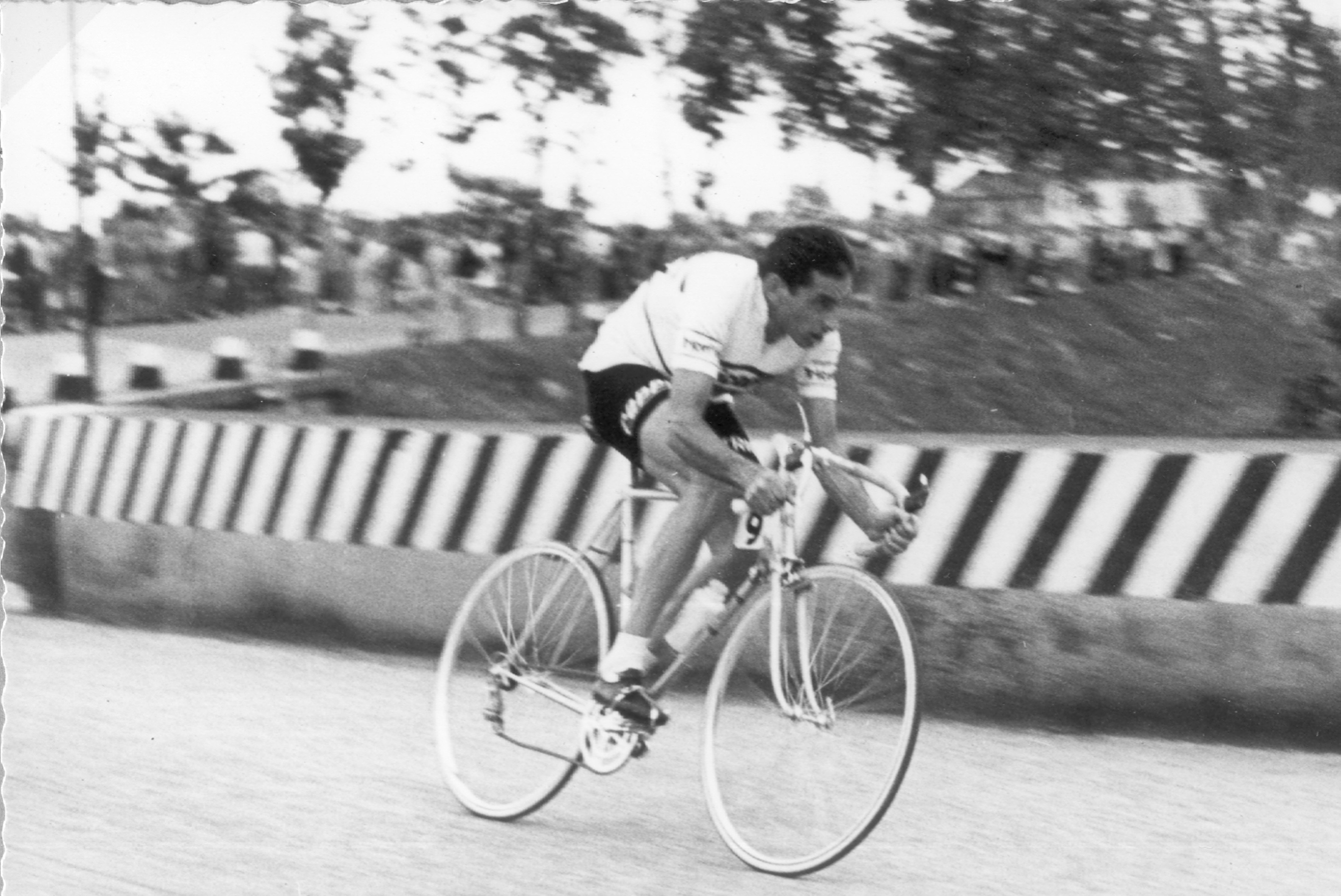
Gino Bartali and Fausto Coppi remain to this day the most famous cyclists to come out of Italy. Both won the Tour de France on two occasions, but the 1949 edition was when the two titans most famously clashed.
Bartali was the defending champion, while Coppi was the debutant. Team manager Alfredo Binda made the teammates agree not to race against each other. However, both riders started the race poorly, with Coppi 37 minutes behind the leader at one point in the early stages. The pair improved as the race went on and climbed up the ranking, before powering clear together on the mountainous stage 16 to Briancon. Bartali won the stage and went into the yellow jersey, but a day later, it was Coppi's turn to triumph as his older teammate was blighted by a puncture.
"The main thing is that it’s Coppi who has the jersey, isn’t it? I’ve already won the Tour twice. He hasn’t. He got his chance today," explained Bartali in a classy manner at the finish. Coppi would win again on stage 20's time trial to create a 10-minute buffer, all but securing his first yellow jersey and a first-ever Giro-Tour double.
The Cannibal strikes

Eddy Merckx is nicknamed 'The Cannibal' for his all-consuming approach to racing, and this was no clearer than in his first Tour in 1969. Merckx took the yellow jersey by the end of the first day, briefly lost it until stage 6, then led again right through to Paris. The Belgian won seven stages in that year's race, and led by over eight minutes after stage 15's time trial. That advantage extended to just under 18 minutes when all was said and done - the fourth largest winning margin in the history of the Tour.
Hinault makes his mark
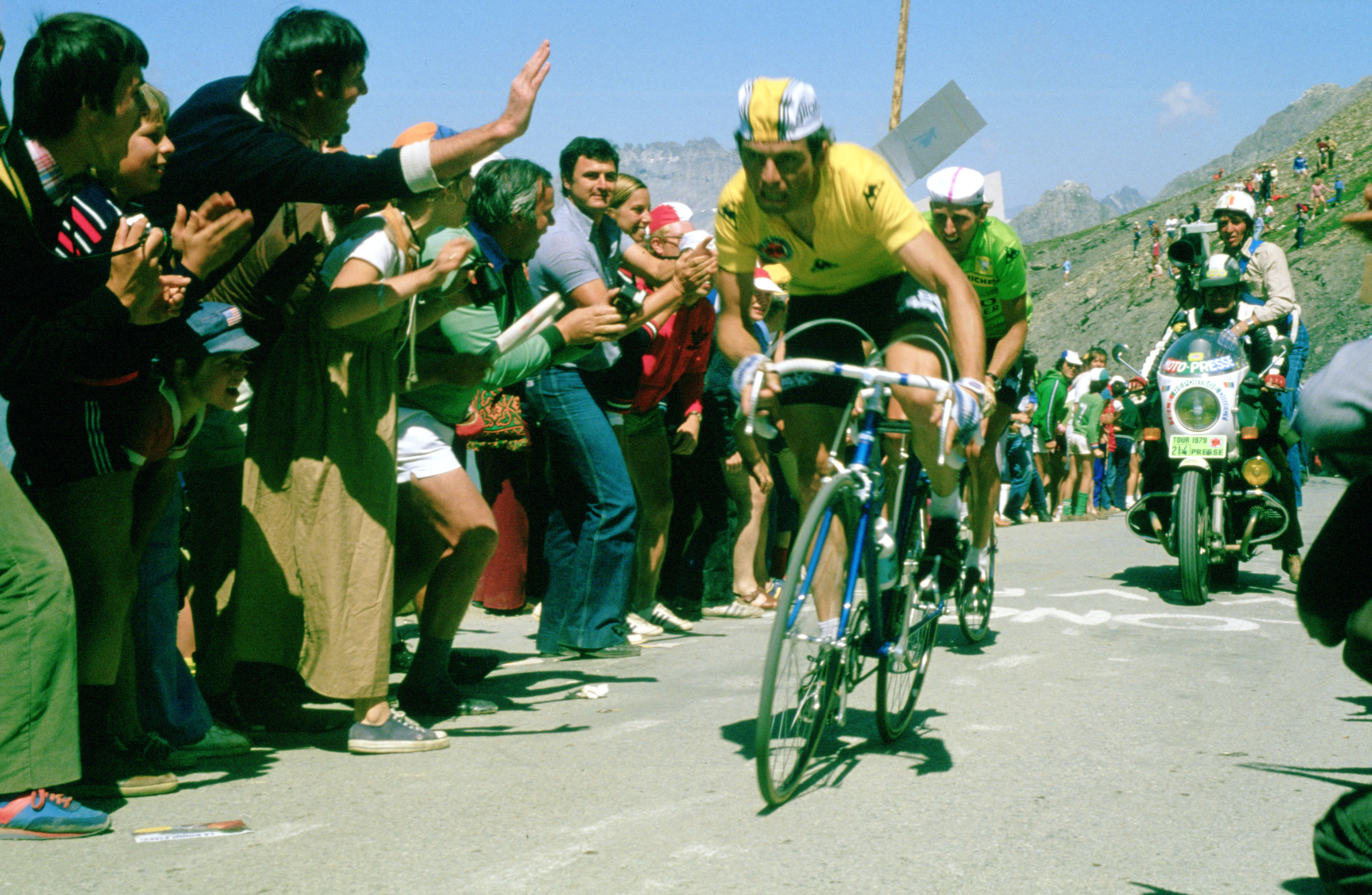
In 1978, Bernard Hinault was a Tour de France debutant. For most rookies to the race, keeping your head down and getting to the end of the three weeks would be the main objective. Hinault wasn't like most rookies, though. He may have only been 23, but that didn't stop the Breton, who soon picked up the nickname of 'The Badger' for his uncompromising riding style. It was that stubbornness that saw him lead a rider's protest on stage 12a against the length of stage transfers and other logistical demands on the riders.
LeMond slays The Badger

As a thank you for helping him clinch his fifth Tour de France yellow jersey, Bernard Hinault promised American teammate Greg LeMond that roles would be reversed for the following July. That was all well and good until Hinault began to put pressure on LeMond throughout the Grand Tour's first two weeks. It came to a head on the Col du Granon when LeMond eventually pushed on and moved into yellow.
The duo dropped everyone on the following day's route to Alpe d'Huez, as Hinault took the stage and LeMond cemented his grip on the yellow jersey - something he wouldn't let go of again that Grand Tour.
"Hinault still tried on Alpe d’Huez and thought he might put Greg in difficulty, and if he started to struggle, you know, three bike lengths, 10 bike lengths, he wouldn't have waited for him, that’s a guarantee,” added TNT Sports expert and four-time green jersey winner Sean Kelly when reflecting on the race recently.
The barest of margins
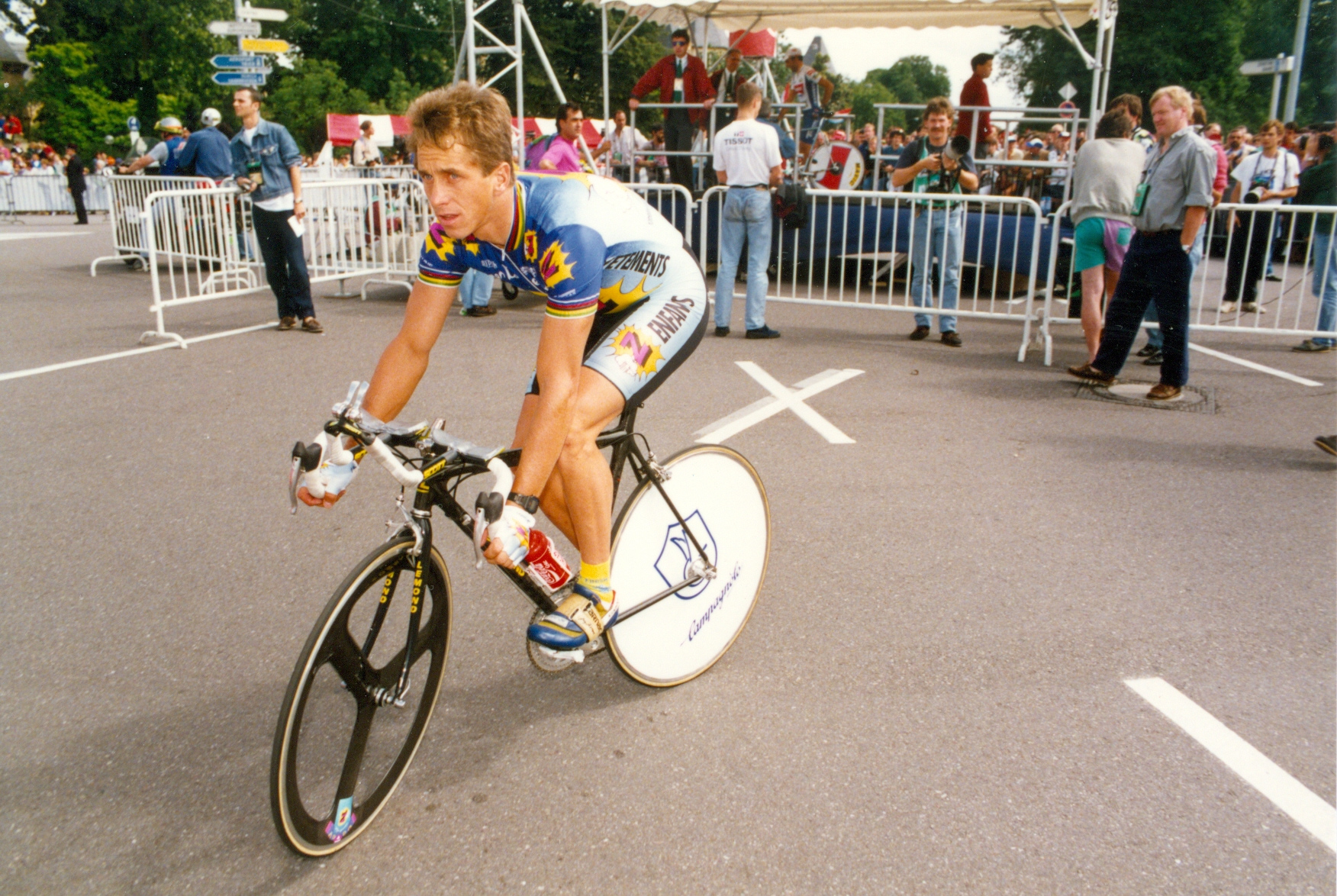
Both Greg LeMond and Laurent Fignon were Tour de France yellow jersey winners by the time the 1989 edition arrived. Yet despite knowing what it was like to win the maillot jaune, neither had anticipated the drama that would unfold on the final stage in Paris that July.
The 1989 Grand Tour pencilled in an individual time trial instead of a sprint stage, and it delivered in the closest general classification finish in the history of the men's race. Fignon started the day with a 50-second advantage, and completed the 24.5km course in 27:55. But this wouldn't be enough to hold off the American, LeMond, who powered around the course to win the stage and in a time 58 seconds faster than his French counterpart, handing L'Americain his second yellow jersey by the barest of margins.
Armstrong goes off-road

Lance Armstrong is infamously known for having his seven Tour de France yellow jerseys stripped from him after admitting to using performance-enhancing drugs during his career. The Texan's win-at-all-costs mantra was seen no clearer than on stage 9 of the 2003 edition, in hot conditions and a technical run-in to Gap.
Second-place Joseba Beloki misjudged a corner and skidded out on the sticky tarmac, forcing Armstrong to run wide into a field. Instead of carrying his bike back to the road and potentially losing valuable seconds, though, Armstrong showed his bike handling prowess by riding across the field and rejoining the route. Despite Armstrong's subsequent path, this moment lives long in Tour folklore.
Wiggins kickstarts the British success
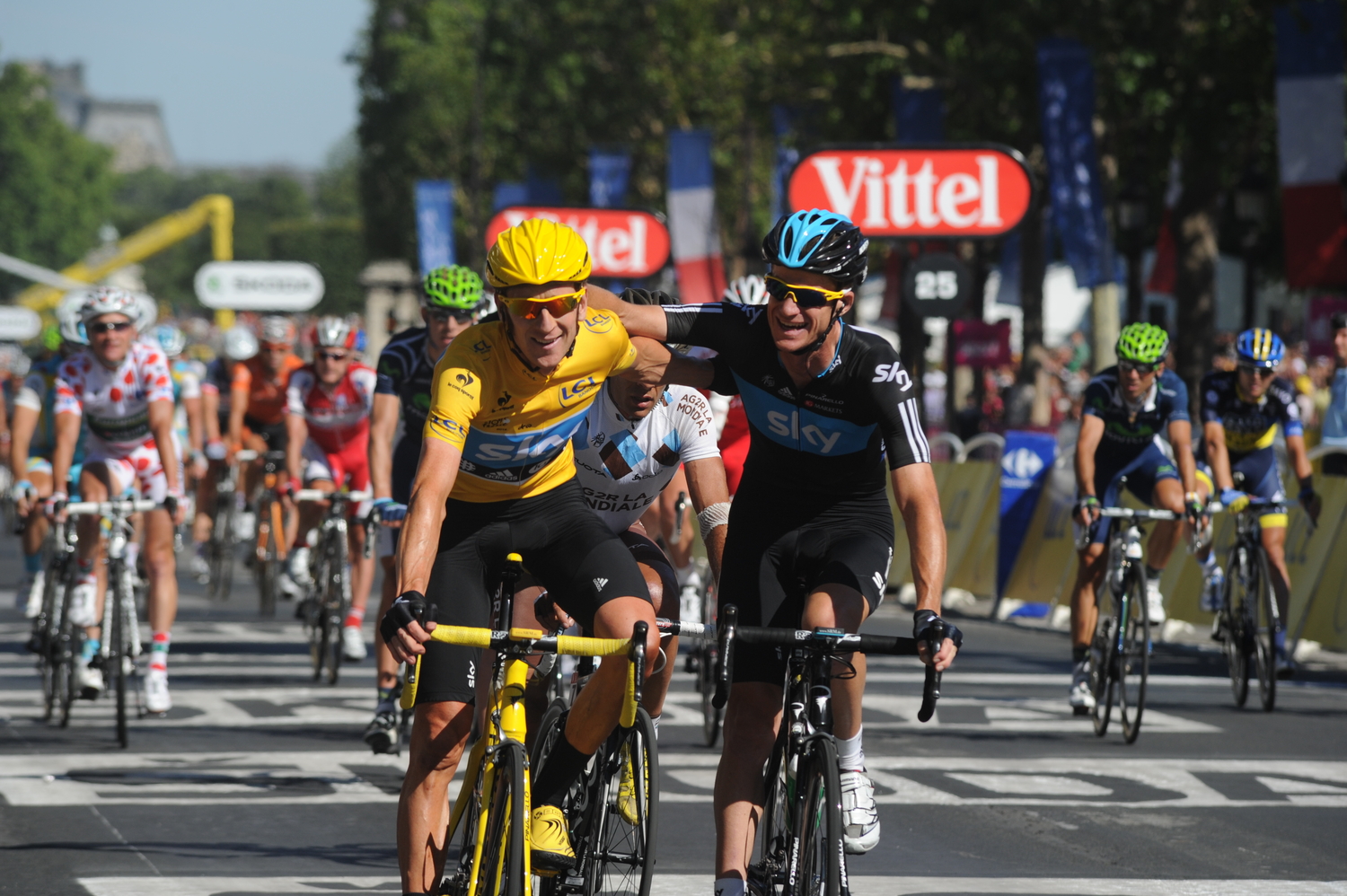
A turning point in the recent history of road cycling came in 2012, when Bradley Wiggins became the first British rider to win the yellow jersey at the Tour de France. It wasn't just the fact that Wiggins was the first cyclist from Great Britain to win the Tour that made it so special; it was also the way his Team Sky squad achieved it. The feat marked the dawn of marginal gains, optimised training, and most importantly, the Sky train, as the British WorldTour squad took control in the high mountains, setting a high pace that burned Wiggins' rivals, who may have been more natural climbers, off his wheel.
Wiggins secured the maillot jaune on the penultimate stage's 53.5km time trial before helping friend and teammate Mark Cavendish secure stage victory on the Champs-Élysées a day later.
The madness of Mont Ventoux

Wiggins may have kicked off proceedings when it came to Team Sky's dominance, but he wasn't the most dominant rider of that era. Chris Froome won four yellow jerseys from 2013 to 2017 and was the rider that the British WorldTour team built themselves around in the three week races. It was very rare to see them out of control, but the Bastille Day summit finish to Mont Ventoux on stage 12 of the 2016 Tour was an exception to the rule.
High winds shortened the route by 6km, causing large crowds to gather further down. So much so that race motorbikes were unable to cut through, and a group containing Richie Porte, Bauke Mollema, and Froome collided with one amidst the traffic. Porte and Mollema were able to remount, but the British rider was forced to run up part of the mountain as he awaited a working bike."Froome is actually running for the line. Where's his bike? That's the question," asked TNT Sports commentator Carlton Kirby. He would eventually make it to the finish and be awarded the same time as Porte to save his yellow jersey, despite having to change his bike again in sight of the line.
Mark Cavendish and his 35th stage win
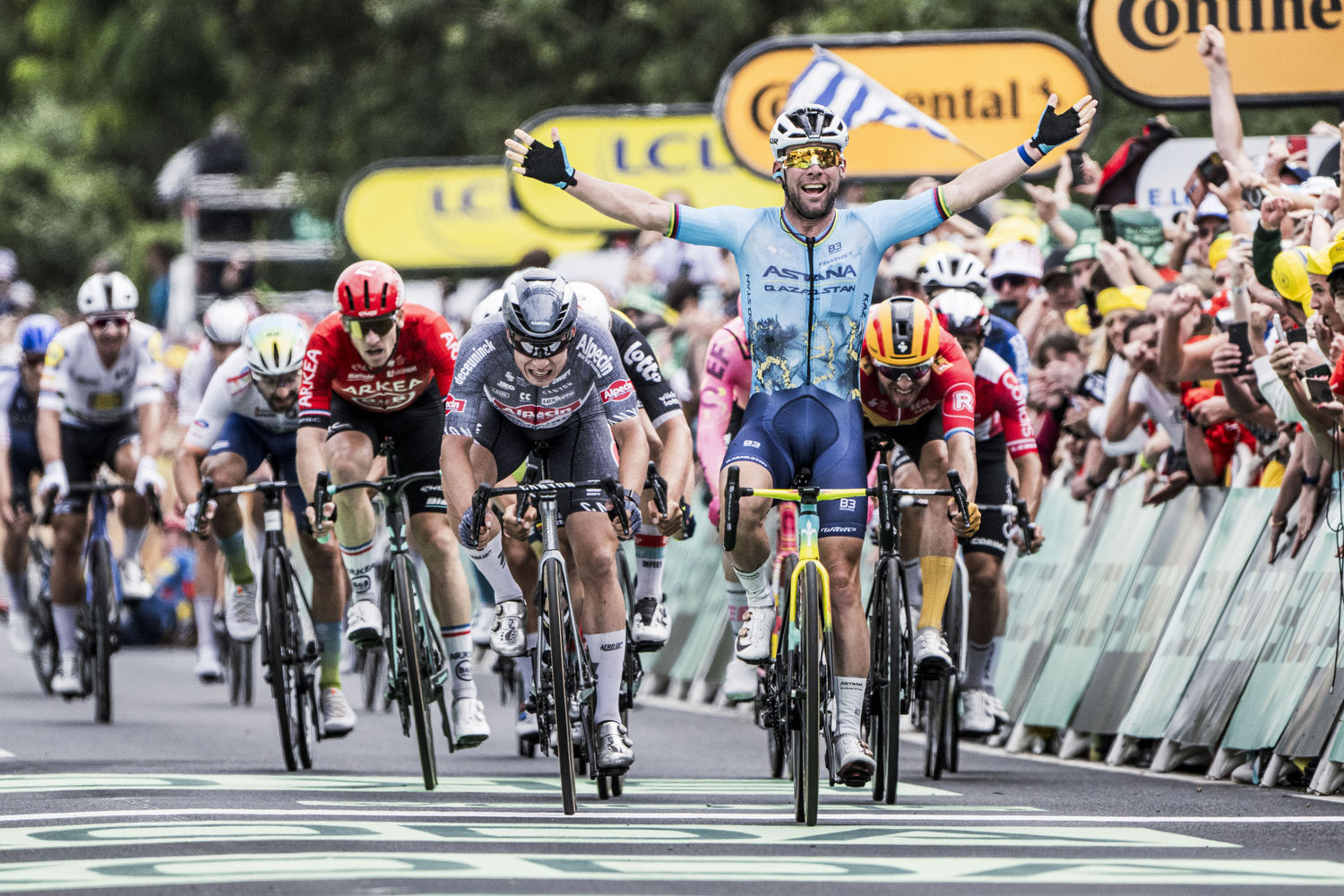
The most recent moment in this list belongs to a sprinter affectionately known as the Manx Missile. In his final professional year, Mark Cavendish surpassed Eddy Merckx’s Tour de France stage win record by powering to a 35th victory at Le Tour.
Illnesses and injuries made this achievement look like a pipedream for several years, but Cavendish eventually became the outright recordholder on stage 5 of the 2024 race in Saint-Vulbas. "This is history, this is history, first there was Merckx, now there's Mark Cavendish," bellowed TNT Sports commentator Rob Hatch as the Isle of Man native crossed the line first after weaving his way through the bunch in a way only he knows how.

Pete joined Cyclingnews as Engagement Editor in 2024 having previously worked at GCN as a digital content creator, cutting his teeth in cycling journalism across their app, social media platforms, and website. While studying Journalism at university, he worked as a freelancer for Cycling Weekly reporting on races such as the Giro d’Italia and Milan-San Remo alongside covering the Women’s Super League and non-league football for various titles. Pete has an undeniable passion for sport, with a keen interest in tennis, running and football too.

